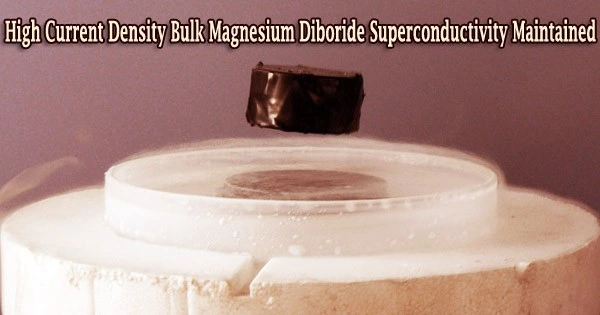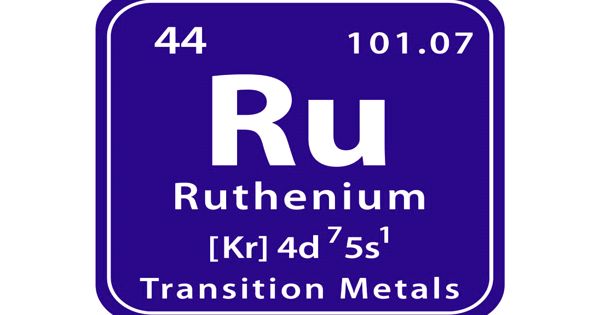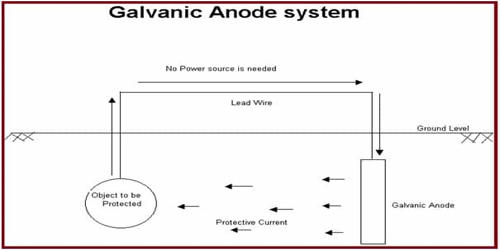Superconductors, wonderful substances whose resistance vanishes below a critical temperature, hold great promise for supplying the world’s expanding energy needs.
High-temperature superconductors have several potential uses, including in magnetic resonance imaging, nuclear magnetic resonance, magnetic medication delivery, fault current limiters, transportation (Maglev trains), and cables.
Due to its low price, light weight, and simplicity of fabrication, magnesium diboride (MgB2), a high-temperature superconductor, has attracted a lot of attention in this respect. In real-world engineering applications, MgB2 is thought to have the potential to take the place of traditional niobium-based superconductors.
However, a long-standing issue with bulk MgB2 is that at high magnetic fields, its critical current density the current density above which it ceases to be superconducting is insufficient. In consequence, this significantly restricts its large-scale applicability.
Researchers have attempted “doping,” or the controlled addition of foreign elements, during the synthesis of bulk MgB2, to overcome this problem, but their efforts have largely failed.
These results demonstrate the potential of Dy2O3 doping alongside nanoboron precursors in realizing bulk MgB2 for practical superconducting applications. Our research adds to the existing literature on ways to improve Jc and could pave the way for real-life bulk superconductors, which are a beacon for sustainable technologies.
Professor Muralidhar Miryala
As Prof. Muralidhar Miryala from Shibaura Institute of Technology (SIT), Japan states, “So far, researchers have tried improving the critical current density of bulk MgB2 by doping with silicon carbide, other carbon sources, silver, transition metals etc. However, further improvement of the critical current density of MgB2 is crucial for several industrial applications.”
But all hope is not lost. A better superconducting performance can be achieved by sintering MgB2 for three hours at a temperature of about 800 °C in an argon atmosphere, as demonstrated by Prof. Miryala’s team. This was connected to the development of an ideal microstructure under these processing circumstances, which was shown to play a significant part in the superconductivity of MgB2.
In a recent study, Prof. Miryala’s team produced even another advancement that was initially published on July 7, 2022 in Advanced Engineering Materials. They discovered that the high-field critical current density (Jc) and self-field of MgB2 were improved by carefully introducing nanometer-sized amorphous boron and dysprosium oxide (Dy2O3).
The study included Prof. M.S. Ramachandra Rao of Indian Institute of Technology Madras (IITM), India, who provided support for the global project based learning (gPBL) program at IITM , and contributions from K. Kitamoto, A. Sai Srikanth, and M. Masato from SIT, D. Dhruba from IITM.
Dy2O3 as a dopant was notable for having essentially no impact on MgB2’s superconducting transition temperature (which remained stable at around 38 K).
Additionally, the inclusion of Dy2O3 produced DyB4 nanoparticles, which improved flux pinning at MgB2 nano grain boundaries even more. The creation of MgB2 nano grains with outstanding grain-boundary flux pinning also benefited from the usage of nano boron precursor. A higher critical current density was attained as a result.
The group determined the precise amount of Dy2O3 required to dramatically raise Jc in bulk MgB2 superconductors using amorphous nanoboron as the initial component.
They discovered the optimal Dy2O3 doping range to be between 0.5 and 1.5% by examining the structure and composition using methods including X-ray diffraction and Raman spectroscopy, as well as the superconducting characteristics of doped bulk MgB2.
With these findings, the team is excited about the future prospects of MgB2.
“These results demonstrate the potential of Dy2O3 doping alongside nanoboron precursors in realizing bulk MgB2 for practical superconducting applications,” says Prof. Miryala.
“Our research adds to the existing literature on ways to improve Jc and could pave the way for real-life bulk superconductors, which are a beacon for sustainable technologies.”
Hopefully, we are now one step closer to practically realizable superconductors.
















